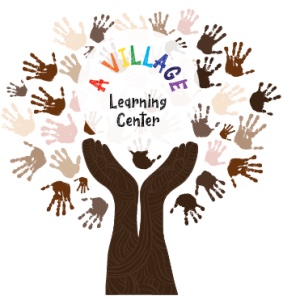Your Child’s Roadmap to 3rd Grade Reading Success

By the time your child finishes 2nd grade, they should have developed several critical reading skills that will set the foundation for success in 3rd grade and beyond. These skills encompass phonics, spelling, and sentence-building abilities. Let’s explore the seven essential reading skills every 2nd grader should master.
1. Reading and Spelling Long Vowel Patterns
One of the key skills children develop in 2nd grade is the ability to recognize and spell common long vowel patterns. This includes vowel teams like ai, ea, and oa, as well as combinations such as igh and ew. Mastering these patterns allows children to read words like “boat,” “light,” and “use” fluently.
2. Decoding R-Controlled Words
Children in 2nd grade should also be able to read and spell r-controlled vowel words. Examples include ar, er, and ir. Understanding words like “card,” “bird,” and “flower” is critical to improving literacy fluency.
3. Reading Two-Syllable Words
Two-syllable words with closed and open syllables, vowel teams, and the magic “e” rule are also introduced in 2nd grade. Words like “muffin,” “basic,” and “carpet” should become second nature to young readers.
4. Vowel Sound Flexibility
Another important milestone is demonstrating flexibility with vowel sounds. For instance, children should try decoding words like “brother” using long and short vowel variations until they find the correct pronunciation.
5. Consonant-le Syllables
Consonant-le words such as “pickle,” “little,” and “table” are common at this level. This skill helps expand vocabulary and prepares students for more advanced spelling and reading comprehension.
6. Mastering Prefixes and Suffixes
Prefixes like un- and suffixes like -ed and -ing introduce children to word-building. Words such as “dismissed” and “unpacking” are perfect examples of how children can expand their vocabulary.
7. Sentence Construction and Reading Fluency
Finally, by the end of 2nd grade, children should be able to read and write 8-12 word sentences fluently. For example, “The sheep roamed all night until they reached the stable.” This combines all their prior skills into cohesive and fluent reading.
Conclusion
These seven reading skills are essential for setting the stage for your child’s academic success in 3rd grade and beyond. If your child has mastered these abilities, they’re well on their way to becoming a confident and fluent reader. If not, don’t worry! With consistent practice and guidance, they’ll soon be ready to shine. Save this list to ensure your child stays on track.
